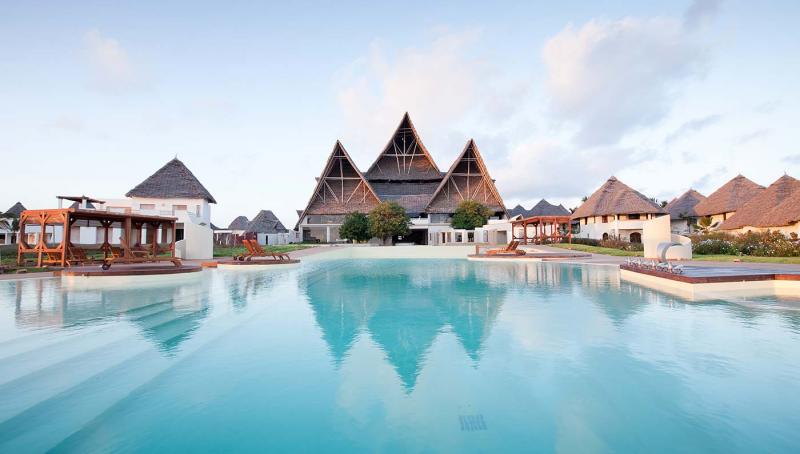
Romance in Zesty Zanzibar
By Sophie Hannah Rogers
The archipelago of Zanzibar is famed for its fragrant spices. A few decades ago, the green and fertile Swahili island that lies just off the coast of Tanzania in East Africa once supplied 80% of the world’s clove spice, earning its name as a ‘Spice Island’. Nowadays, that number is significantly less; but that does not change the fact that the island still produces several of the world’s most widely sought-after spices. The spicy-sweet scent of cloves lingers over the island, along with sensual aromas of aromatic oils. Rooted in almost 100 years of history, the island itself and its cuisine whisper the reminiscence of a passionate love affair and romantic entanglement with spice. Spices are stewed and infused into present day Swahili culture, and are an element of daily life as naturally as the bold saying of morning prayers.
Arabian, African, Indian, Chinese, Persian, and Pakistani flavours adorn the Swahili table; and this colourful mixture is the concoction resulting from 2000 years of trading across the Indian Ocean – from the Swahili Coast reaching out to Kenya to the northern shores of Mozambique and inland as far as Rwanda. At the core of the Swahili lands, Zanzibar’s heart beats for perfumed spices. Ancient sailors journeyed along Africa’s coastline but Zanzibar was left untouched until the Persian Zenj sultanate was established on the island in 975AD; and the Zenj ruled whilst trading ivory, gold and spices with Chinese merchants who had sailed through India and Persia laden with garlic and lemongrass to exchange. As the spice trade in Zanzibar grew and blossomed, cinnamon and cardamom were brought over from Asia and chilli and cacao were introduced by the Portuguese from South America. Eventually, every spice in the world was planted and yielded in the Swahili countryside. Today, the spice capital of Zanzibar is Pemba, the lush and flourishing island to the north, where over 70% of Zanzibar’s spices are still produced. Today there are over four million clove trees in Pemba, and the essential oil distillery continues to produce spice oils by traditional methods.
Most of us will use spice in our cooking bought in bottles from our local supermarket shelf – but the story of spice is a lot different in Zanzibar. The spices are trimmed from bushes, cut from tree bark, and dug from the roots. The leaves, the vine, and the berries from a black pepper plant all have a different flavour; and spices such as turmeric are grown to add vibrant colour to soups and curries. The best way to learn about and experience the island’s relationship with spice is by taking advantage of a spice tour. Spice tours not only provide in-depth information about spices and their use in traditional dishes, but also how these precious plants can be used as cures for ailments and for dyeing aboriginal ceremonial outfits for weddings and festivals. On a spice tour, you will pass through spice plantations and villages and look on as spice farmers climb trees, seek out particular plants and chop off an assortment of barks; and you will be able to see, feel and taste everything, including luscious exotic Zanzibari fruits.
The beauty of spices is not their versatility in the kitchen alone, but their extensive collection of uses that make them an irreplaceable part of Swahili life. Some are known to be natural aphrodisiacs, and what could be more essential to your romantic Zanzibari getaway than a little extra steam and spice?
Share this article:



















